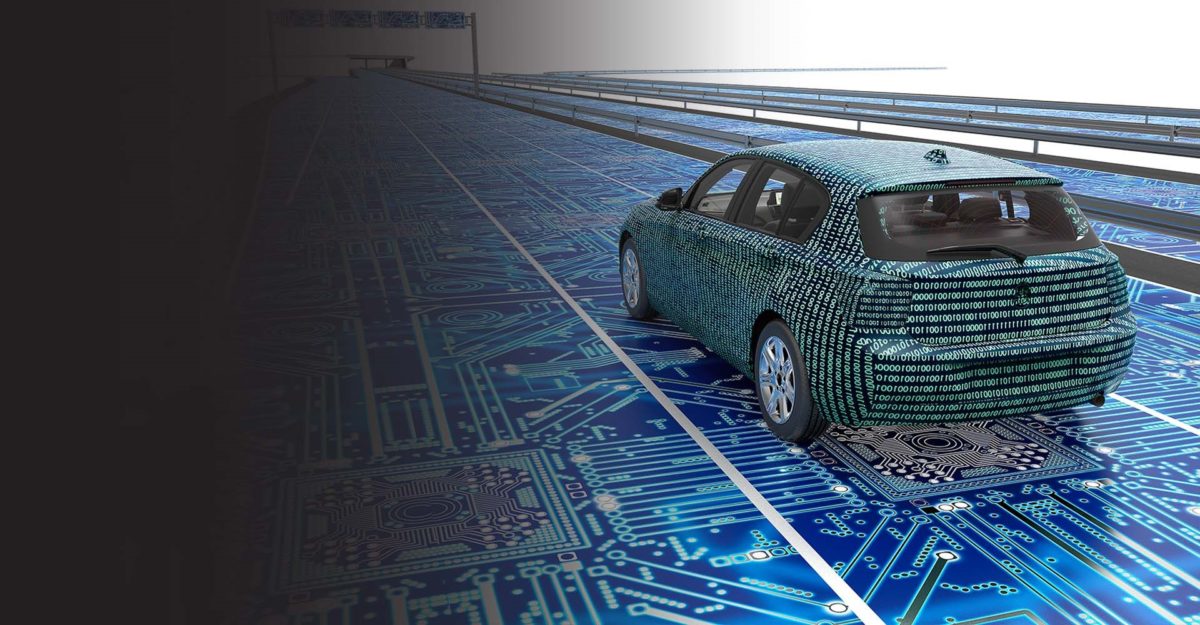November 28, 2018
Self-driving cars, or “autonomous vehicles,” are here, and manufacturers and regulators have made safety the top priority when deploying this technology. Autonomous vehicles are predicted to be a significant element of our transportation system as early as 2020. These cars, already being piloted in cities all over the world, could save over 20,000 lives – and $450 billion – each year.
Autonomous vehicles receive and transmit data at extremely high speeds, utilizing internal radar technology and external wireless signals for navigation and communication with surrounding vehicles, traffic lights, and pedestrians. Robust wireless networks enable autonomous vehicles to act in real time and have human-like reflexes in situations where the vehicles may need to move or stop quickly.
In the past, autonomous vehicles relied on a dedicated network approved by the Federal Communications Commission (FCC). Now that the FCC is considering expanding the designated network to technology and telecommunication companies, researchers are looking to use a new technology that relies on existing cellular networks for vehicle connectivity.
A strong wireless connection is crucial for the safety of autonomous vehicles, as any kind of delay in transmitting information could be very dangerous. The key to unlocking the full potential of this technology is having a strong, reliable wireless network with the capacity to act quickly and handle vast amounts of data.

